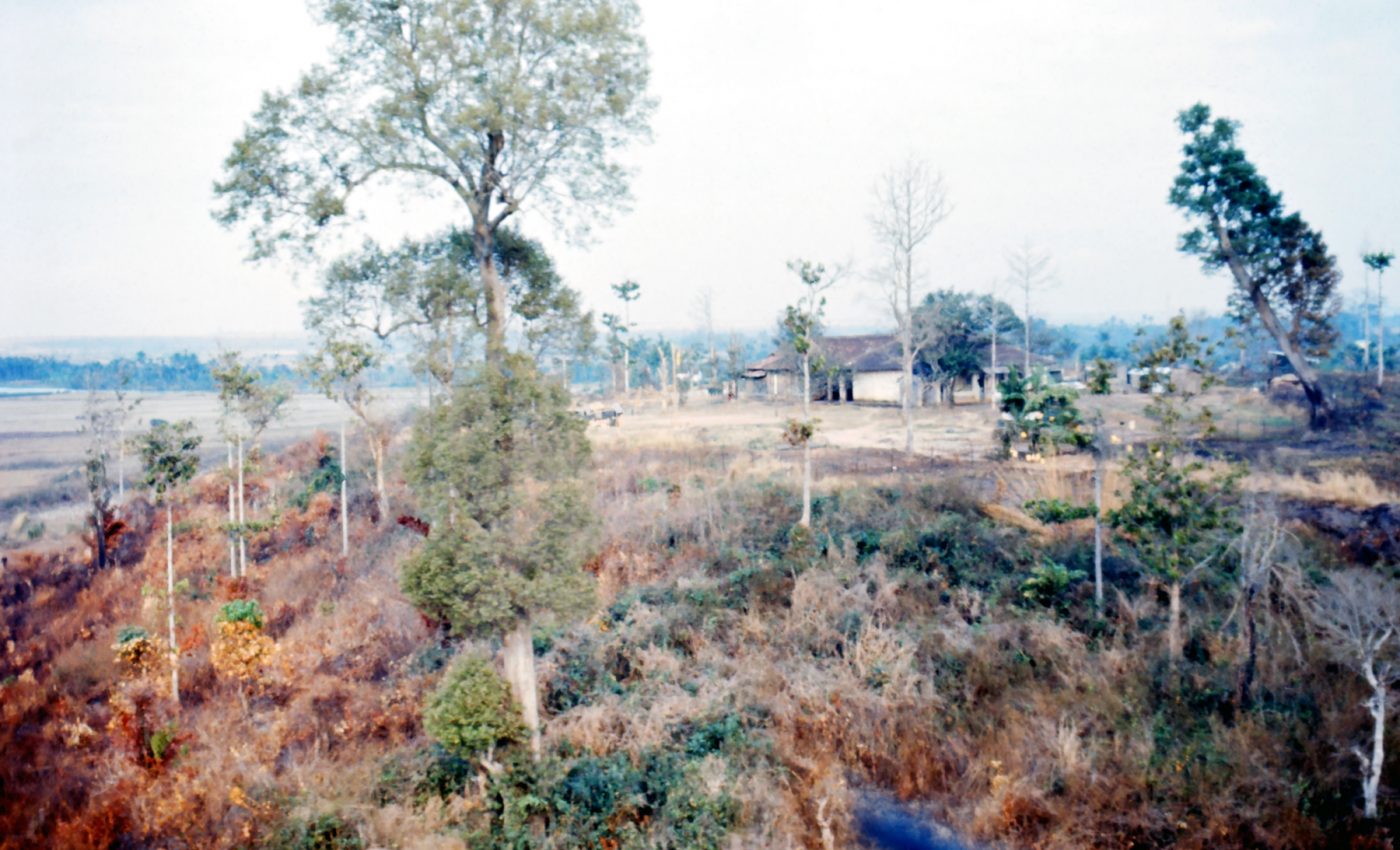
50 years later, Agent Orange toxic byproducts found in Vietnam soil
New research has revealed that toxic byproducts of the herbicide Agent Orange used by the US military continue to contaminate soils in Vietnam today.
Over the course of the war, the US dumped 20 million gallons of herbicides over Vietnam to kill trees, plants, and crops that were potentially concealing Viet Cong fighters.
While the herbicides were effective at defoliating the thick jungle vegetation, a contaminant known as dioxin that formed in Agent Orange was extremely toxic and caused devastation among the Vietnamese and US military personnel.
Even now, 50 years later, dioxin is still being consumed by fish and making its way up the food chain.
To better understand Agent Orange’s toll on the environment and public health, researchers from the University of Illinois and Iowa State conducted a study published in the journal Open Journal of Soil Science investigating dioxin’s long and deadly legacy.
“In this paper, we examine the short and long-term environmental effects on the Vietnamese natural resource base and how persistence of dioxin continues to affect soils, water, sediment, fish, aquatic species, the food supply, and Vietnamese health,” said Ken Olson, a co-author of the article.
The research team reviewed reports on Vietnam’s airbase sites and an 870-page USAID report to track the contamination of dioxin as it spread through through the environment.
Agent Orange is made up of two chemical herbicides, 2,4-D and 2,4,5-T, and during the production of Agent Orange, dioxin TCDD is formed.
Unlike the other chemical components of Agent Orange, dioxin can remain in soils and stuck to sediments for decades to centuries.
Once the US military started spraying the trees, contaminated leaves and shrubs decayed in the soil and from the soil TCDD made its way to wetlands, rivers, and lakes.
The researchers point out ten airbase sites where dioxin concentrations are still at dangerous levels, and millions of people are potentially exposed to the pollutant.
Incineration was ruled by the researchers as the most effective way to rid the soils of TCDD.
“While incineration is the most expensive technology currently available, it would eliminate dioxin rather than temporarily store it in a landfill, and incineration would not require future maintenance or treatment,” the researchers said. “Incineration is one of the most commonly used technologies, having been used to treat soils at more than 150 superfund sites, and is a mature and tested technology.”
—
By Kay Vandette, Earth.com Staff Writer
Paid for by Earth.com
Image Credit: US Army Flight Operations Specialist 4 John Crivello in 1969













